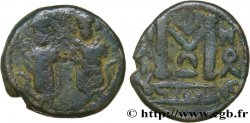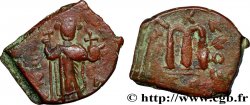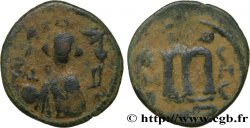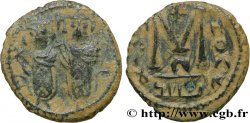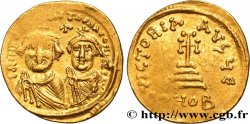E-auction 520-434921 - bby_587133 - ARAB-BYZANTINE Fals
You must signin and be an approved bidder to bid, LOGIN TO BID. Accounts are subject to approval and the approval process takes place within 48 hours. Do not wait until the day a sale closes to register. Clicking on « bid » constitutes acceptance of the terms of use of cgb.fr private e-auctions.
Bids must be placed in whole Euro amounts only. The sale will start closing at the time stated on the item description; any bids received at the site after the closing time will not be executed. Transmission times may vary and bids could be rejected if you wait until the last second. For further information ckeck the E-auctions F.A.Q.
NO BUYER'S FEE.
NO BUYER'S FEE.
| Estimate : | 175 € |
| Price : | 91 € |
| Maximum bid : | 101 € |
| End of the sale : | 03 April 2023 15:37:20 |
| bidders : | 8 bidders |
Type : Fals
Date: c. 670
Mint name / Town : Émèse
Metal : copper
Diameter : 22,5 mm
Orientation dies : 6 h.
Weight : 4,88 g.
Rarity : R1
Coments on the condition:
Exemplaire sur un flan large parfaitement centré avec les grènetis complets. Beau buste stylisé. Revers bien venu à la frappe. Jolie patine verte et sable
Catalogue references :
Obverse
Obverse legend : INSCRIPTIONS MIXTES GRECQUES ET ARBAES.
Obverse description : Buste couronné de face de l’empereur, vêtu de la chlamyde, tenant le globe crucigère de la main droite.
Obverse legend : K/A/OL/N
Reverse
Reverse legend : EMI/ CHC, DE CHAQUE CÔTÉ ET À L’EXERGUE EN ARABE.
Reverse description : Grande M stylisée et delta attaché aux jambages du M, surmonté d’un astre à huit rais.
Reverse translation : “Emeshs”, (Hims, Émèse).
Commentary
Exemplaire bien frappé, pour un monnayage généralement très usé, signe d’une intense circulation. Il semble que cette imitation a pour prototype l’un des folles de Constant II, émis à Constantinople entre 651 et 658 (types 5 à 7 de la B.N.). .







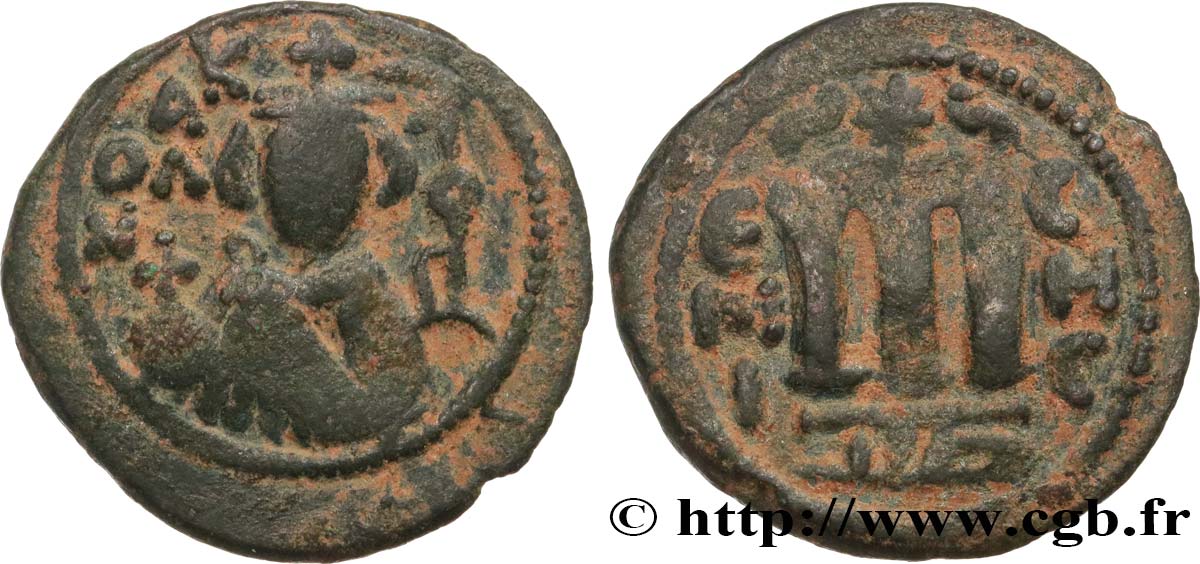
 Report a mistake
Report a mistake Print the page
Print the page Share my selection
Share my selection Ask a question
Ask a question Consign / sell
Consign / sell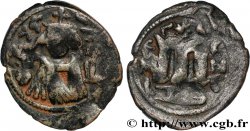
 Full data
Full data